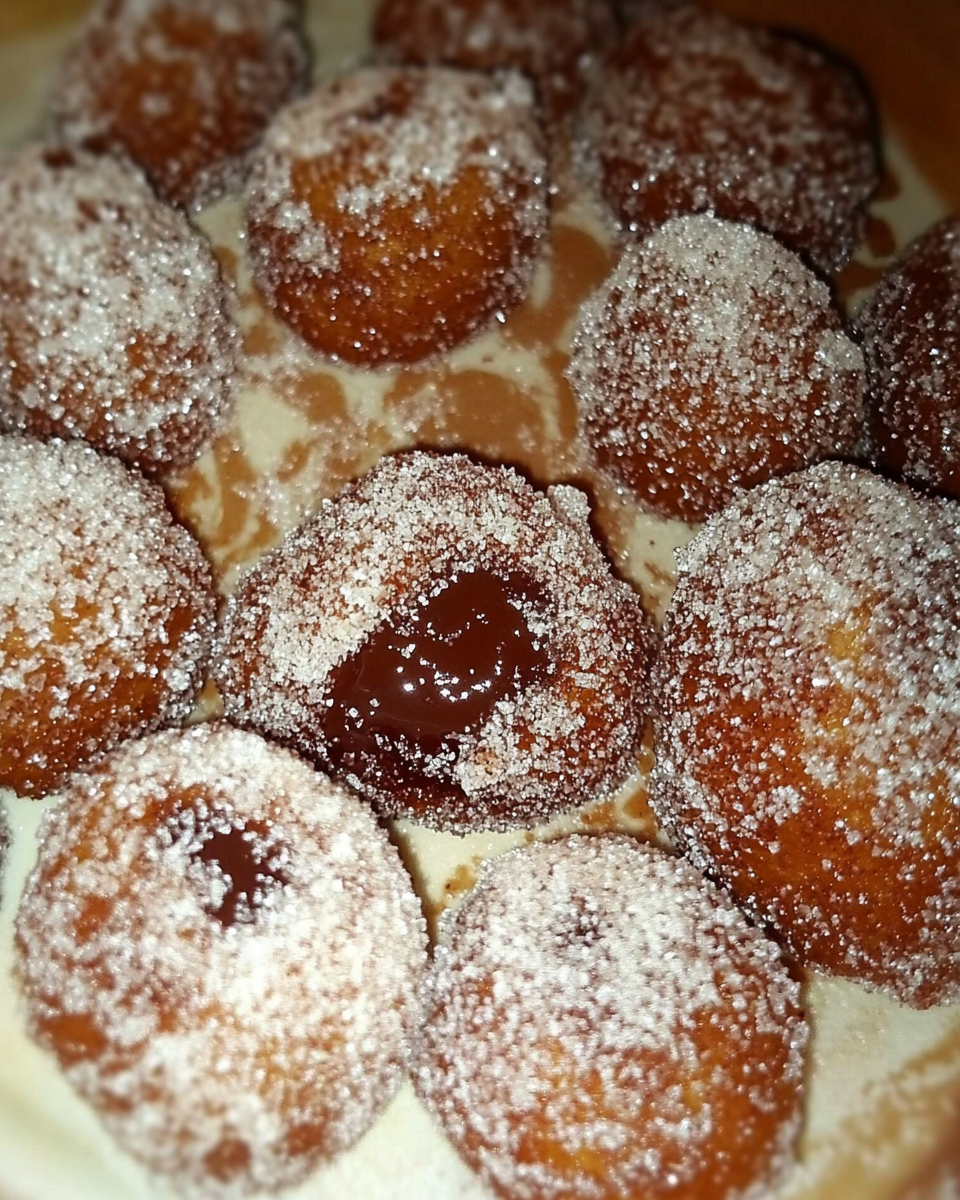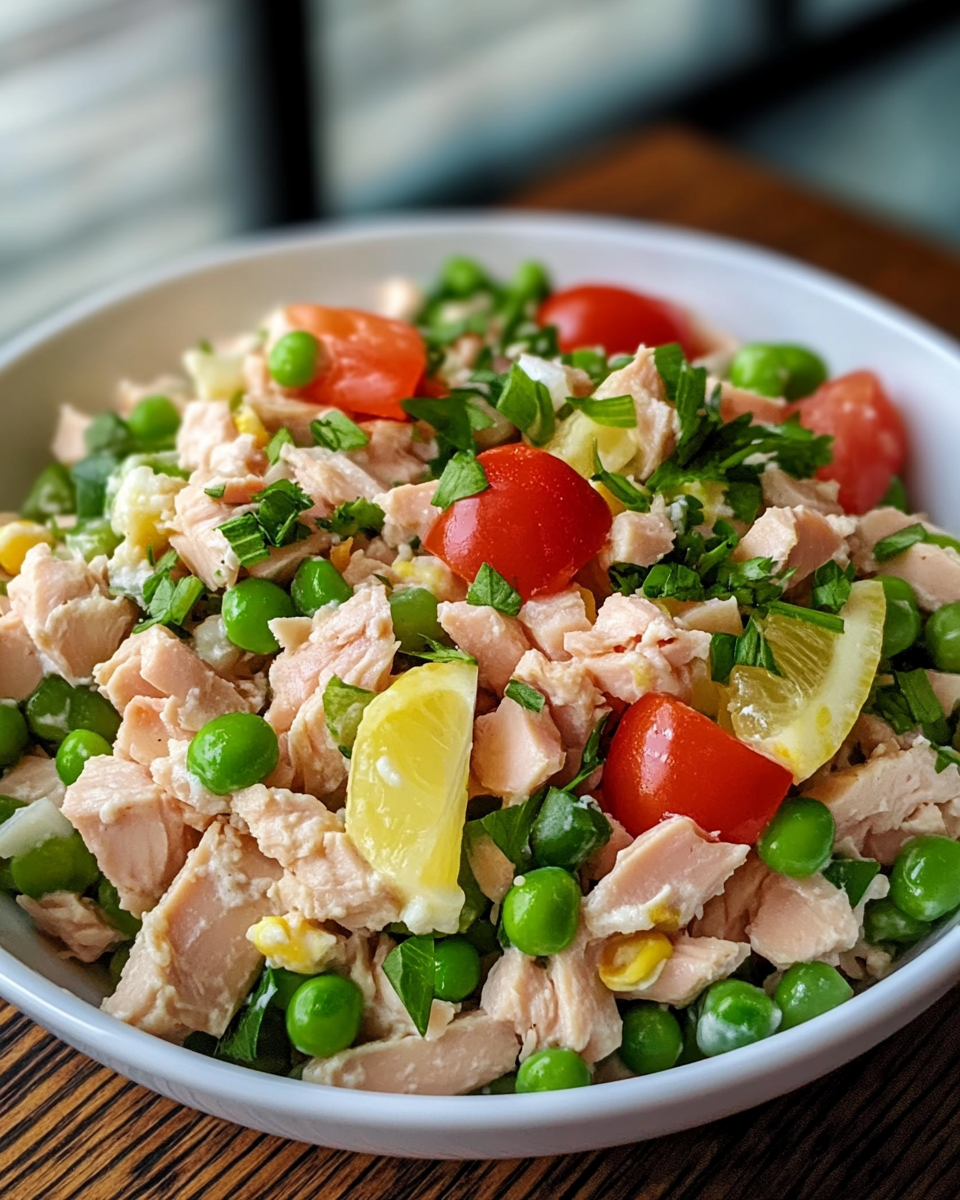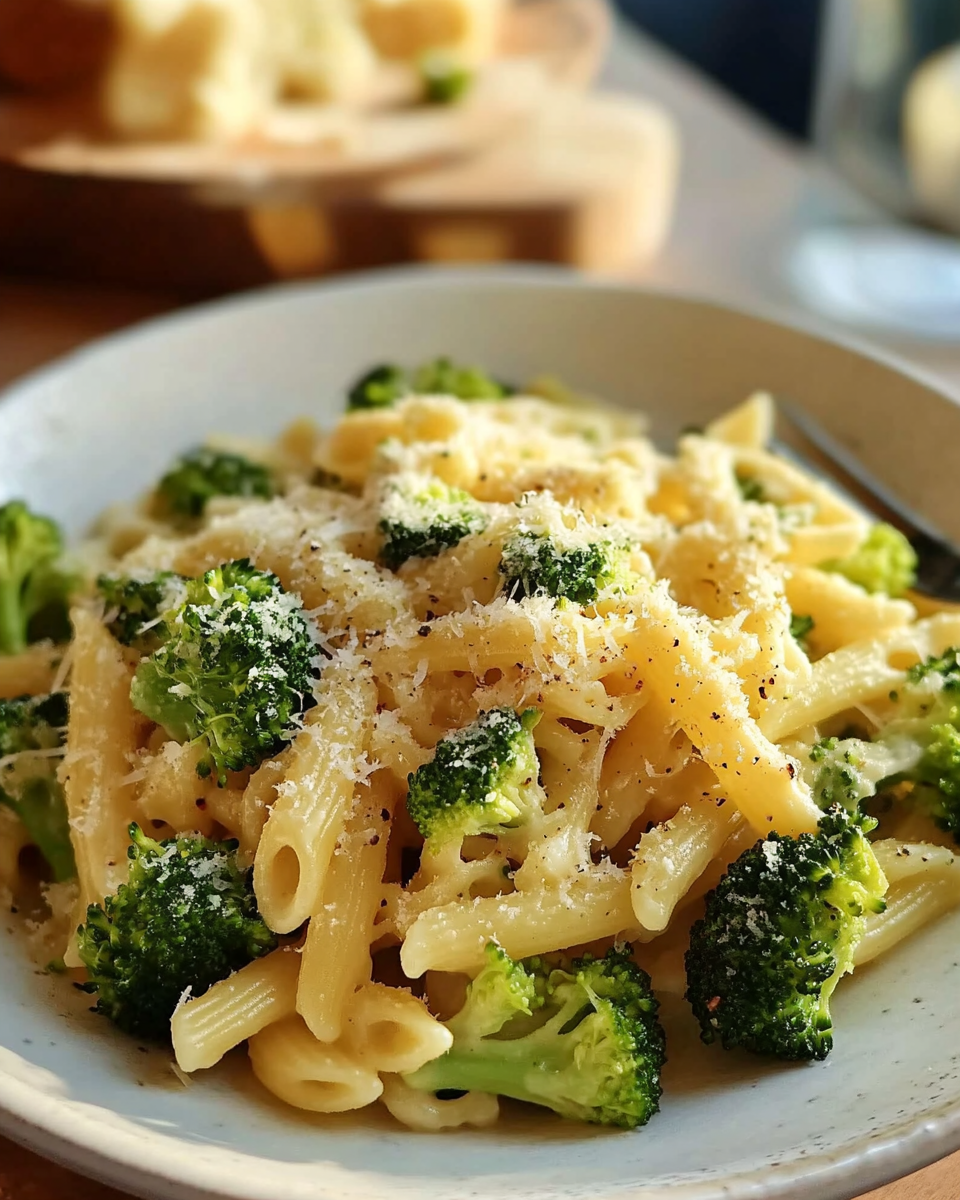Cinnamon Sugared Doughnut Drops: The Ultimate Homemade Delight
Nothing beats the smell of freshly fried doughnuts coated in cinnamon sugar. These bite-sized treats, known as cinnamon sugared doughnut drops, have taken over kitchens as a quick and satisfying dessert that everyone loves. Whether you’re preparing them for a cozy family brunch or simply craving a sweet snack, this recipe is a must-try for any dessert enthusiast.
This article will walk you through how to make these delicious doughnut drops, with plenty of tips, flavor variations, and health considerations to ensure you can enjoy them at their best. Let’s dive into the world of doughnut perfection.
What Are Cinnamon Sugared Doughnut Drops?
Cinnamon sugared doughnut drops are small, bite-sized doughnuts that are deep-fried until golden brown and then rolled in a mixture of cinnamon and sugar. Unlike traditional doughnuts, which are often large and filled with cream or jam, these mini delights are perfect for a quick snack or a shareable treat. They have a crunchy exterior with a soft, fluffy center, creating a balance of textures that make them irresistibly delicious.
Ingredients You’ll Need
To make these cinnamon sugared doughnut drops, you will need a few basic ingredients that you probably already have in your kitchen:
- 1 ½ cups all-purpose flour
- ⅓ cup sugar
- 2 teaspoons baking powder
- ½ teaspoon salt
- ¼ teaspoon cinnamon
- ¼ teaspoon nutmeg
- ½ cup milk
- 1 egg
- 2 tablespoons oil (vegetable or canola oil)
- ½ teaspoon vanilla extract
- Oil for frying (canola or vegetable oil recommended)
- ½ cup sugar (for rolling)
- 1 teaspoon cinnamon (for rolling)
These ingredients create the classic cinnamon sugar flavor that pairs perfectly with the fried doughnut drops. If you’re looking to add a twist to this classic recipe, consider using pumpkin spice, powdered sugar, or even a chocolate glaze for a unique spin.
How to Make Cinnamon Sugared Doughnut Drops: A Step-by-Step Guide
Preparation Time:
- Prep time: 10 minutes
- Cook time: 15-20 minutes
- Total time: 30 minutes
Instructions:
- Prepare the Oil
Heat about 2-3 inches of oil in a deep saucepan to 375°F (190°C). You can use a deep-fry thermometer to monitor the temperature, ensuring the oil is hot enough to create a golden crust but not too hot to burn the doughnuts. - Mix the Dry Ingredients
In a medium bowl, whisk together the flour, sugar, baking powder, salt, cinnamon, and nutmeg. These spices bring out the warmth and sweetness of the doughnuts. - Combine the Wet Ingredients
In another bowl, mix the milk, egg, vanilla extract, and oil. Slowly pour this mixture into the dry ingredients, stirring until just combined. Be careful not to overmix, as this could make the dough tough. - Fry the Doughnut Drops
Using a teaspoon, carefully drop small portions of dough into the hot oil. Fry the doughnut drops for about 1-1 ½ minutes per side or until they turn golden brown. Use a slotted spoon to remove them from the oil and place them on a paper towel to drain excess oil. - Coat in Cinnamon Sugar
In a small bowl, mix the sugar and cinnamon for coating. While the doughnut drops are still warm, roll them in the mixture to ensure the coating sticks perfectly. - Serve and Enjoy!
These doughnut drops are best enjoyed warm. You can serve them with coffee, hot chocolate, or even a scoop of ice cream for a delightful dessert experience.
Variations to Try
While the classic cinnamon sugar coating is always a hit, you can also try these delicious variations:
- Pumpkin Spice Doughnut Drops: Add ½ cup of canned pumpkin to the wet ingredients and replace the cinnamon and nutmeg with 1 teaspoon of pumpkin pie spice.
- Powdered Sugar Coating: Instead of rolling in cinnamon sugar, dust the doughnut drops with powdered sugar for a lighter, sweeter flavor.
- Chocolate Dipped Doughnut Drops: Melt some chocolate and dip half of each doughnut drop into the chocolate, letting it set before serving.
For more creative breakfast ideas, check out sheet pan pancakes for an easy way to elevate your morning meal!
Why Are These Doughnut Drops So Irresistible?
One of the key reasons cinnamon sugared doughnut drops are so popular is their texture. The combination of crispy, fried dough on the outside and a soft, pillowy inside makes each bite incredibly satisfying. Plus, the addition of cinnamon and sugar creates a flavor profile that is both warm and comforting, making it hard to stop at just one!
Moreover, because they are small and bite-sized, these doughnut drops are perfect for sharing at parties, brunches, or family gatherings. You can easily make a large batch in under 30 minutes, making them an ideal treat for any occasion.
Want more comforting recipes? You might enjoy crockpot potato soup with hashbrowns for another hearty dish that’s perfect for a chilly day.
Health Considerations and Nutritional Information
While these doughnut drops are undeniably delicious, they are deep-fried, which can add a significant amount of fat and calories. However, there are ways to make them a bit healthier if you’re watching your calorie intake:
- Baking Instead of Frying: While frying gives the doughnuts their characteristic crunch, you can bake them in the oven at 375°F for about 10-12 minutes, flipping them halfway through.
- Alternative Sweeteners: Swap the regular sugar in the recipe for coconut sugar or a natural sweetener like honey for a lower glycemic option.
- Healthier Oils: Instead of using canola or vegetable oil, try frying the doughnut drops in avocado oil, which has a higher smoke point and contains healthier fats.
For more health-conscious recipes, consider checking out creamy broccoli and parmesan noodles, a delicious yet nutritious dish for those seeking balance.
Frequently Asked Questions
Q: Can I bake the doughnut drops instead of frying them?
A: Yes, you can bake them, although the texture will be slightly different. To bake, preheat the oven to 375°F and bake the doughnut drops for 10-12 minutes, flipping halfway through.
Q: What type of oil is best for frying doughnuts?
A: Canola or vegetable oil works best because they have a high smoke point and don’t impart much flavor to the doughnuts. Alternatively, peanut oil can also be used for a slightly nuttier taste.
Q: How do I store leftover doughnut drops?
A: Store any leftover doughnut drops in an airtight container at room temperature for up to two days. To reheat, place them in the oven for a few minutes to regain their crispiness.
Q: Can I make the doughnut dough ahead of time?
A: Yes, you can prepare the dough a few hours ahead of time and store it in the fridge until you’re ready to fry. However, for the best texture, it’s recommended to fry the doughnuts as soon as possible after preparing the dough.
The Science Behind Perfect Doughnut Drops
Understanding the science of cooking can help you perfect these doughnut drops every time. One of the most important aspects of frying doughnuts is maintaining the correct oil temperature. If the oil is too hot, the doughnuts will cook too quickly on the outside but remain raw in the middle. If it’s not hot enough, they will absorb too much oil and become greasy.
Additionally, the use of baking powder in the recipe helps the dough rise and creates a fluffy texture. The combination of baking powder with the high heat of frying causes the dough to expand rapidly, giving the doughnut drops their signature lightness.
For more on the science of frying, check out The Science Behind Perfect Doughnuts to understand the chemistry involved in making the perfect fried treat.
Perfect Pairings: How to Serve Cinnamon Sugared Doughnut Drops
While these doughnut drops are delicious on their own, there are plenty of ways to serve them that can elevate the experience:
- Coffee or Hot Chocolate: The sweetness of the doughnut drops pairs perfectly with a hot cup of coffee or rich hot chocolate, especially on a cold day.
- Ice Cream: Serve the doughnut drops warm with a scoop of vanilla ice cream for an indulgent dessert.
- Fruit Compote: A tangy fruit compote made from berries or apples can cut through the sweetness of the doughnuts, offering a more balanced flavor profile.
For more serving inspiration, consider pairing these treats with a bowl of taco soup on a chilly day, creating the ultimate comfort food experience. You can find a great recipe for this at The Ultimate Taco Casserole.
Conclusion
Cinnamon sugared doughnut drops are the perfect sweet treat for any occasion. Easy to make and universally loved, they bring together the best aspects of fried dough and warm, sweet flavors. Whether you stick to the classic cinnamon sugar coating or experiment with flavor variations, you’ll find these doughnut drops to be an irresistible addition to your dessert repertoire.
So, why not give them a try today? You’ll love the results, and they might just become your new go-to recipe for family gatherings, brunches, or simple, everyday indulgence.




